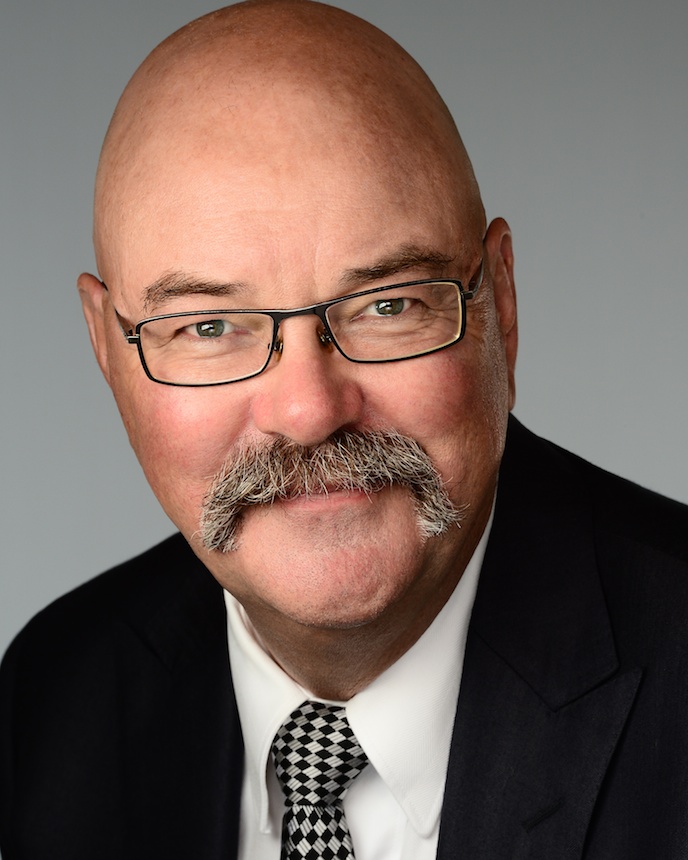https://www.learndesk.us/live/5162969707053056/kmsmanagementsupport-tm
KMSManagementSupport™
In assessing factors improving chances of law firms being genuinely profitable, structure is definitely important, and in discussions involving experienced commentators the issue of “leverage” usually pops up early on.
Leverage in the most practical terms is the number of full-time equivalent employed lawyers to principals.
There are few absolutes around why this ratio is important, with firms being so infinitely varied in areas like work types, locations, market sectors serviced, culture and financial plans, but generally it is considered that firms with better ratios have the best opportunity to be more profitable because:
· they should find it easier to generate total revenues that leave a bigger gap to those firm expenses that are relatively fixed, and thus total expenses, and...
· there are fewer owners relative to the resulting profit, so a larger slice of pie for each.
The National Profile of Australian Solicitors 2020 reported 16,393 private law firms operating in Australia.
Of those firms a whopping 82% were sole practitioners (no other lawyers), or firms with only one principal (and at least one employed lawyer).
Firms with between 2 and 4 principals made up another 10%...so those two groupings accounted for 92% of the firms in Australia.
Nationally, the employed solicitors to principals ratio in 2020 was 1.5:1.
The firms with the highest, and supposedly, best, ratio were firms with 40 or more principals, at 3.3:1.
At the other end of the spectrum, unsurprisingly the ratio in the 82% of the firms mentioned above was actually below 1:1, at 0.7.
It accords with many observers’ perceptions of the profession that profitability is greater in the larger firms, and low to non-existent in the smaller ones.
However, it does not need to be the case, for example, where a firm with only one principal has a number of employed lawyers and other team members who generate significant revenues, and is relatively well managed.
It should not be a controversial thought for most readers that a firm with apparently good leverage can be utterly devoid of profit if not sensibly managed. More employed lawyers doesn’t translate automatically to good productivity, or even enough work to allow for good productivity.
Some of the firms in Australia with the best profitability per principal are sole practices, after allowing for a reasonable notional or actual salary for the principal.
So, a key question arises. How best to get to a very good structure, with very good productivity?
The answer in my long term Robservation is a principal who has learnt why well-functioning leverage is so valuable, and both knows how to go about it, and is sufficiently well-organised, and well supported by internal and external management resources, to consistently have done what needs to be done.
The principal must understand that he/she is first and foremost a business operator, and be committed to acting as such, limiting inappropriate involvement in client file work.
It should go without saying that a principal who is regularly bogged down with client file work, such that he or she cannot lead the firm and work closely with its management resources, will not be able to pull it off.
All systems have to be well-designed and operating well, with all key players knowing their roles and executing them.
Marketing and business development, work allocation, engagement management, fee disclosure, credit management, file velocity management, risk management, pricing, talent acquisition and retention, and business management involving IT, premises, insurances, finances...all need attention with requisite skill, and the right people resources have to be in place.
It’s easy to see why so many practices in the 82% grouping can’t make it happen, with an average of under one employed lawyer to assist the principal in generating the revenues that will allow for robust financial health, and buy the principal plenty of time to lift his or her head to plan and adapt and actually run the practice on the front foot in all critical respects.
